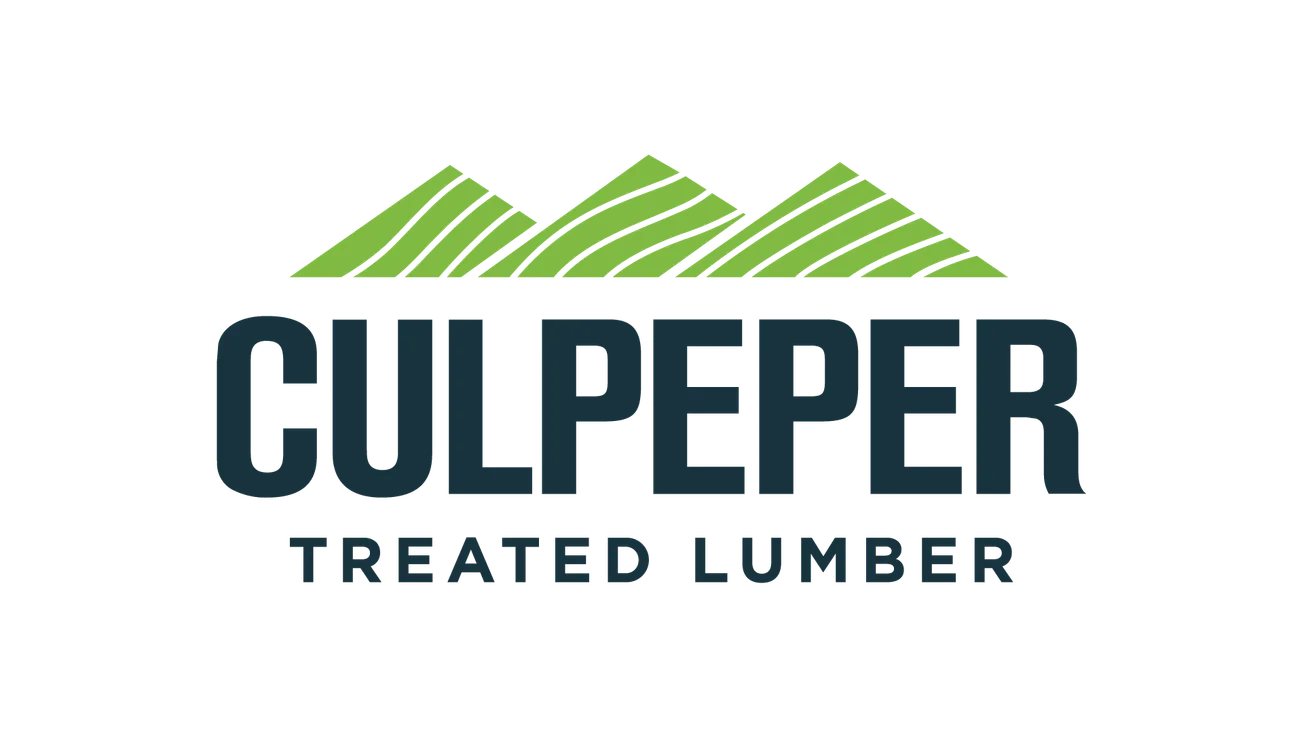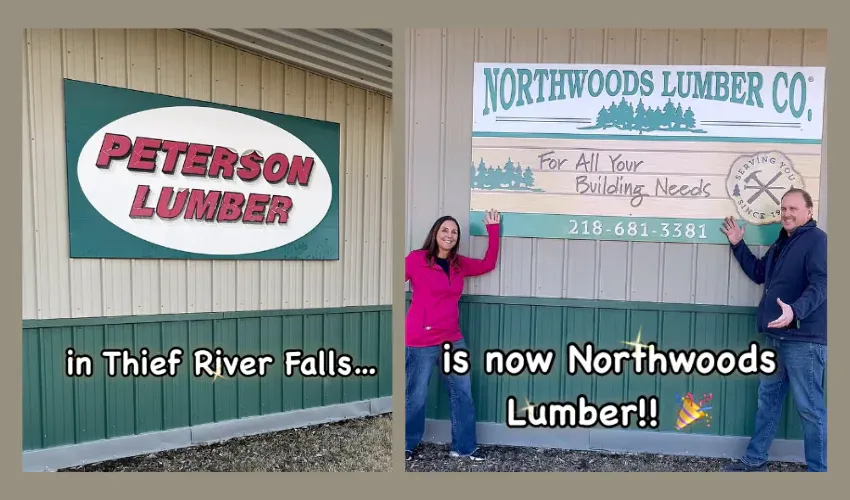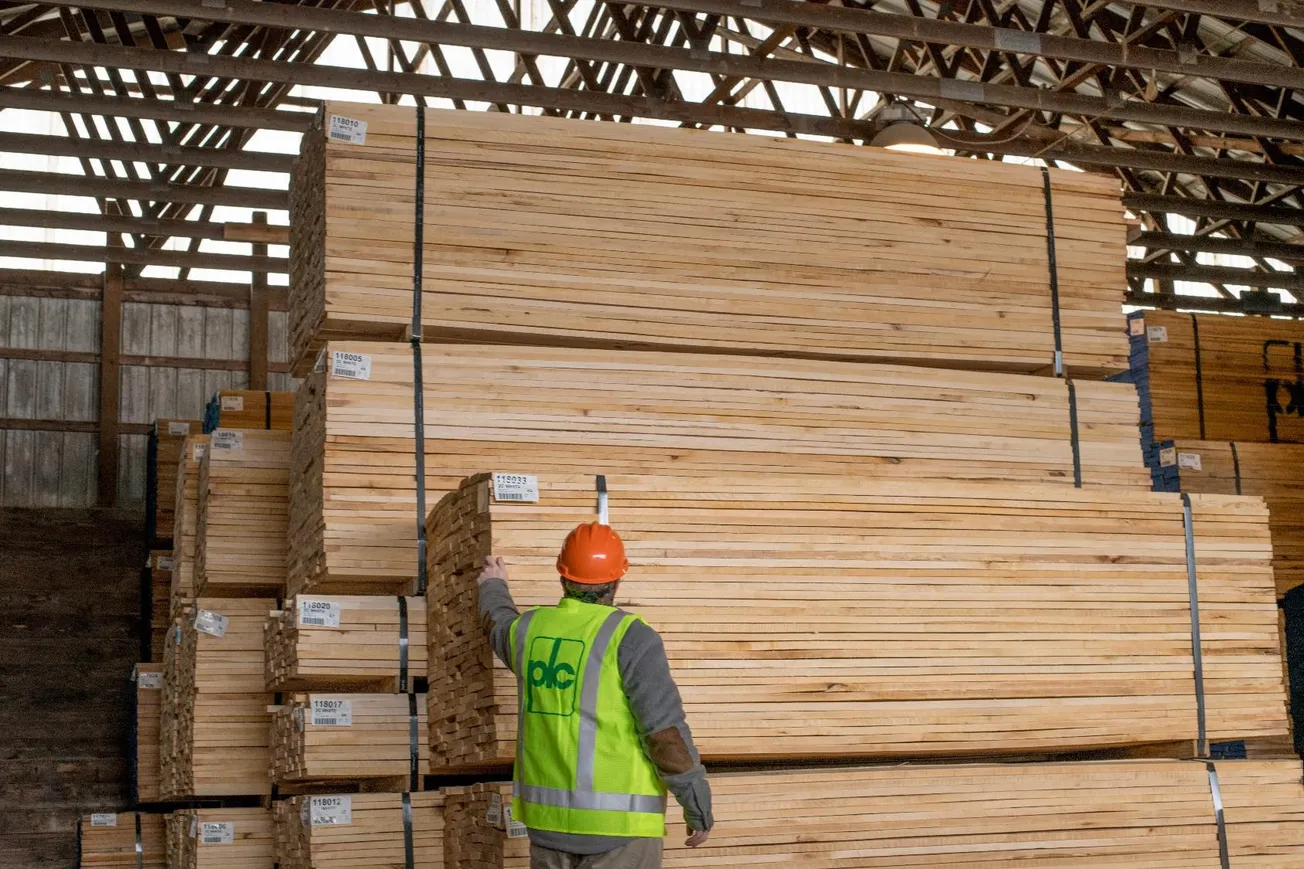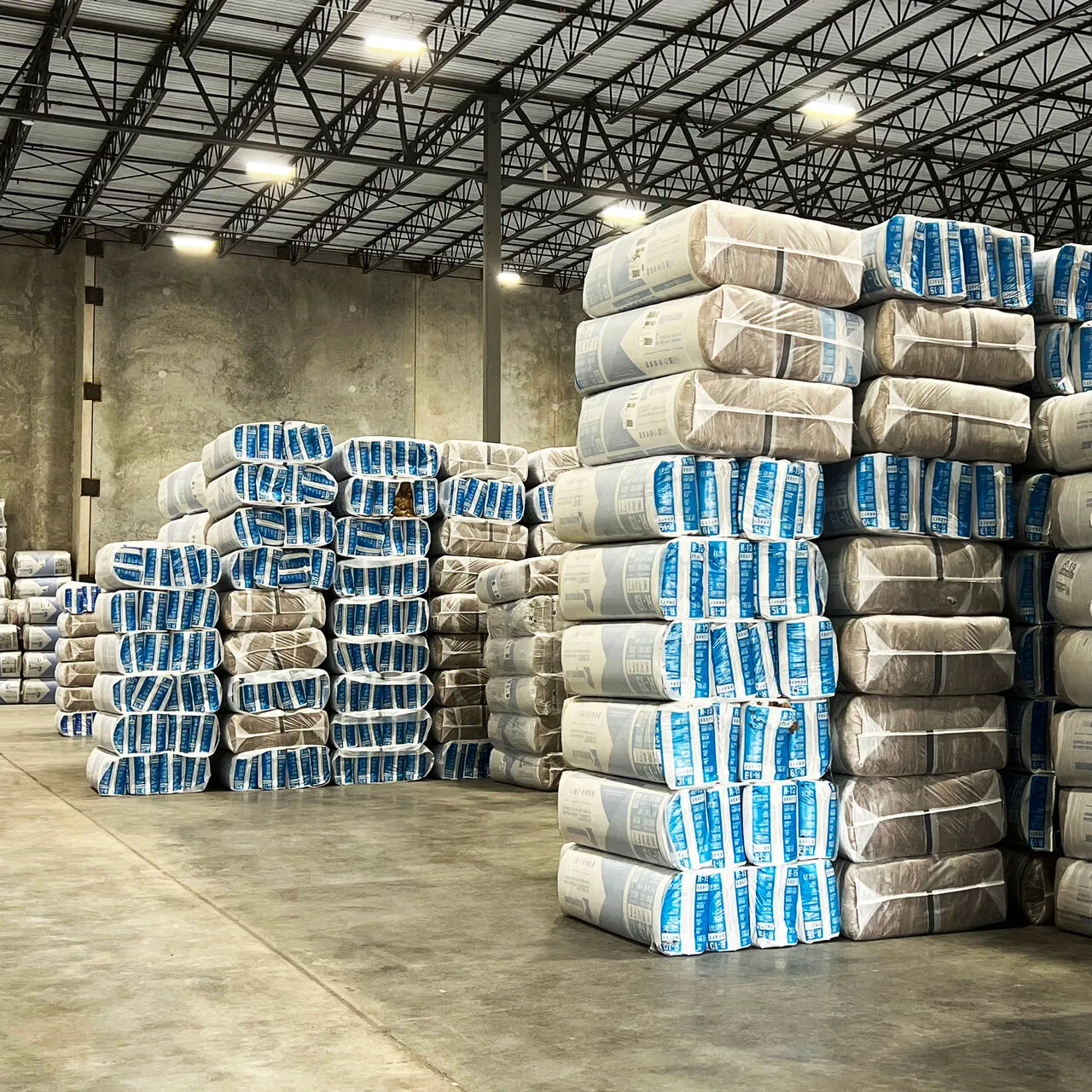Table of Contents
Whether taking on a project themselves or hiring professional contractors to handle the job, many consumers have slipped from the realm of uninformed to inquiring, self-educated project owners. Educational tools that are readily available online have led consumers to learn how to fix minor issues, know when those issues are too big to tackle and, most importantly perhaps, understand the difference between those two types of projects.
Whether doing it themselves or hiring a contractor, consumers also do their homework to know and understand what materials are available for their projects. According to a recent study, just over half of DIYers and most Pros spent some time researching pressure treated wood prior to purchase. Knowing that consumers are seeking knowledge, dealers and retailers have the unique opportunity to aid in the consumer education by recommending the right material for the job.
As it has been for decades, beautiful, natural preserved wood is the material of choice for many outdoor projects. Professionals and do-it-yourselfers agree: nearly 60% of projects built by backyard contractors are created using pressure treated wood. The most popular of those projects are decks, but consumers also build smaller, less involved projects such as picnic tables, benches, and raised bed gardens.
Do-it-yourselfer Andy Nash agrees. About 10 years ago as a novice weekend warrior, he chose to use preserved wood to build his raised bed gardens. “I did some research, looked at some garden plans online, and decided that I would attempt to build a raised bed. By the time we moved into our next house, I felt very confident when I built my second set of gardens. It just took a few boards of Wolmanized Outdoor Wood (2x6s and 4x4s), screws, and a few tools that I have on hand.”
Andy said he built two raised bed gardens in just a few hours. The good thing, he adds, is that the planter beds can be used year after year because they are built using Ground Contact preserved wood.
Besides being built from natural, long-lasting preserved wood, raised beds have additional advantages. “My raised beds drain well,” says Andy. “And, I can plant earlier in the season because the off-the-ground beds warm quickly. That leads to a longer, more fruitful harvest.”
Andy also explains that the raised bed gardens are a project he can handle, but the expansion of his deck is not. “It’s time to bring in the professionals when it comes to working a large project like my deck,” Andy says. “Although I’ve done my research, I count on my contractor to know what preserved wood I need for each part of the addition.”
Contractors, like do-it-yourselfers, have done their homework and continue to rely on preserved wood as a flexible building material that is easy to work with and provides a real wood finish that you just can’t mimic with alternative materials.
However, contractors and do-it-yourselfers cannot arbitrarily choose what preserved wood to install. According to Jay Hilsenbeck, residential product manager of Lonza Wood Protection, choosing the right wood for its intended use is imperative for a finished project to last. Jay explains that consumers can either purchase Above Ground or Ground Contact preserved wood for their project.
“This decision rests on the severity of the exposure conditions of the wood during its service. Ground Contact preserved wood is treated to a higher retention level than Above Ground,” explains Jay. “That simply means there is more preservative in ground contact preserved wood to offer necessary protection for more demanding end uses like raised beds.”
Further guidelines say that Above Ground preserved wood is intended for the parts of a project that are at least 6 inches above the ground, where the wood dries easily, and where it is well-ventilated around all the boards. While Ground Contact preserved wood is versatile enough to be used in almost any application, it must be used in applications where the wood
- will come in contact with or be within 6 inches of the ground or fresh water
- is critical to the structure and difficult to repair or replace
- is in certain physically above ground uses exposed to harsher conditions such as prolonged contact with soil, vegetation or sprinklers
“As an example, deck boards that are not subject to prolonged wetting from sprinklers and have good air flow around them can be treated to Above Ground retentions,” Jay further explains. “Decking understructure such as posts, joists, and ledger boards should be treated to Ground Contact retentions.”
Once any outdoor project is completed and being enjoyed, it is worth noting that some maintenance is necessary just as an owner would maintain a car with regular oil changes. Similarly, homeowners can easily and inexpensively perform maintenance on their decks or other backyard projects.
Recommendations include cleaning and applying a surface water repellent every couple of years to keep the project looking beautiful. However, for projects such as decks to maintain that just-built appearance or to change the color as styles change, staining every few years is recommended.
For this year, Andy says the only real work he will have to perform is working the garden soil, choosing whether or not he wants a different mix of vegetables and herbs, and then planting.
To see plans for projects such as a raised bed garden or a storage bench, visit www.wolmanizedwood.com/plans.









